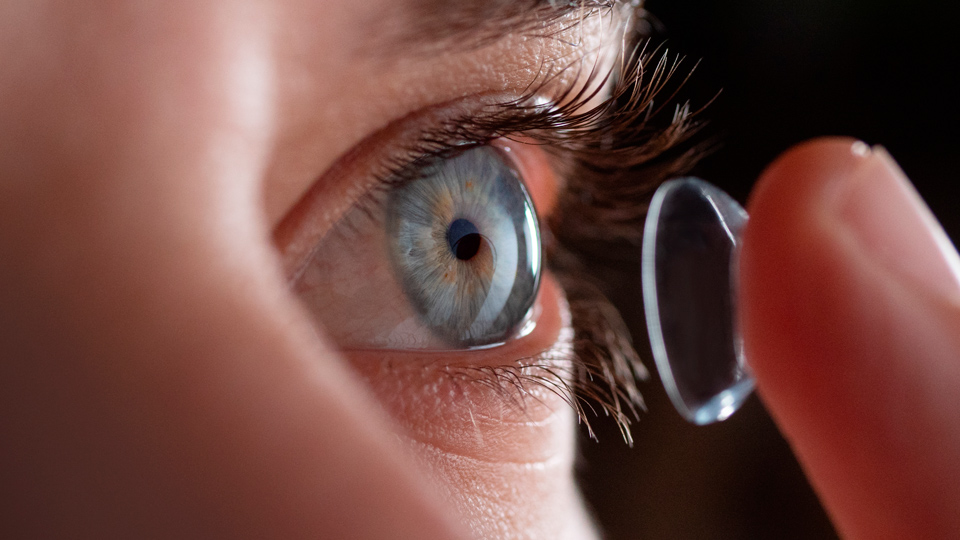What are migraines with visual aura?
16/12/2025

19/08/2025
From the Contactology Department of the Barraquer Ophthalmology Centre, we recommend the use of Ortho-k lenses in patients with very specific conditions and circumstances. There is no such thing as a perfect lens, and all have pros and cons. The patient must be aware of these before starting to use any of the options available on the market.
Ortho-k lenses, also known as overnight orthokeratology or informally as “pajama lenses”, are used as a treatment to correct a patient’s prescription. These lenses are worn at night, while we sleep, and allow the patient not to need glasses or contact lenses during the day. This is their main benefit for those patients who do not tolerate other correction systems, whether soft or rigid gas-permeable daytime lenses.
They are customised for each patient and allow temporary correction of prescription through controlled reshaping of the corneal surface.
This type of lens has certain peculiarities compared with daily wear lenses, which is why it is very important to carry out regular check-ups to review treatment stability and good habits, in order to avoid tissue alterations or infections. Due to the variety of factors that affect their performance, specialists recommend their use in particular cases:
The good performance of these lenses depends on several factors:
What to do if adverse effects appear with Ortho-k lenses
As important as knowing when to start treatment is knowing what to do if adverse effects occur. These may be more difficult to reverse if proper follow-up is not carried out or if the patient delays reporting discomfort to their contactologist.
In some cases, the ideal is to interrupt their use, either partially or definitively. Periodic monitoring allows problems to be anticipated, to assess when the lens should be replaced and to correct possible complications.
If Ortho-k lenses do not provide the expected results, the following alternatives may be considered:
Eloi Rodríguez
Contactologist at the Barraquer Ophthalmology Centre
El uso de lentes de contacto está más que extendido, pero muy pocos lo hacen correctamente. La clave está en la supervisión por parte de un oftalmólogo y un contactólogo. Nos explican todas las recomendaciones nuestro responsable de contactología, Eloi Rodríguez, y el doctor Jose Lamarca.